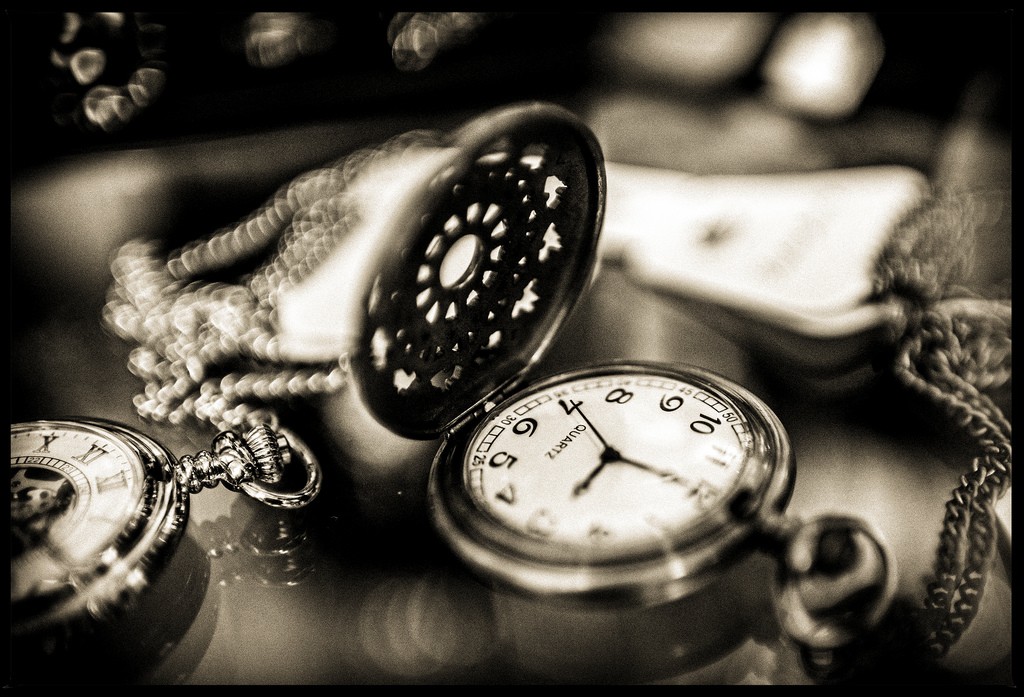Coverings
There are many watches coverings which have different colors, basises and ways of drawing. Before recent time (the beginning of the 80th years) the most widespread way of a covering drawing was a galvanic – processing of a surface by an electrolysis method. It is possible to change thickness, character and the sequence of the put layers (for example gold, nickel, silver, copper etc.) by using this method.
At this moment the next two ways of drawing coverings by the PVD method (Physical Vapor Deposition) are standard in the watch industry:
- Plasma
- Ionic – IGP (Ion Gold Plated)
The covering by PVD method has high degree of firmness and durability – five times stronger, than traditional coverings (hardness: 1150 – 1250 by Vikkers)
The substrate from supersolid nitride of titan is applied on case/bracelet material in vacuum and a thin film of gold above. Process is carried out in vacuum by means of several various methods of physical and chemical activation. These processes allow to receive very thin (from 1 to 3 microns, sometimes to 5 microns) coat layers without any impurity.
Gold coverings can decorate your watch, but keep in mind that in 2-3 years they most likely will be rubbed off. Durability of firmness of a covering depends on such parameters as its thickness and contents of its structure.
Black color coverings are very popular in recent years, they are received by application of a titan carbide instead of the titan nitride which gives a yellow shade. But at considerable contact they are also capable to be jammed/scratched despite quite high hardness.
Steel color coverings are much stronger. There also are ceramic coverings. And if you accept their dark color and the price of watch then you can buy it without thinking. Only don’t confuse them with similar varnish coverings of the Chinese producers. Best of all are watches without covering – steel, titanic or ceramic. Or with small sites of gilding in poorly rubbing places of the case and bracelet.


